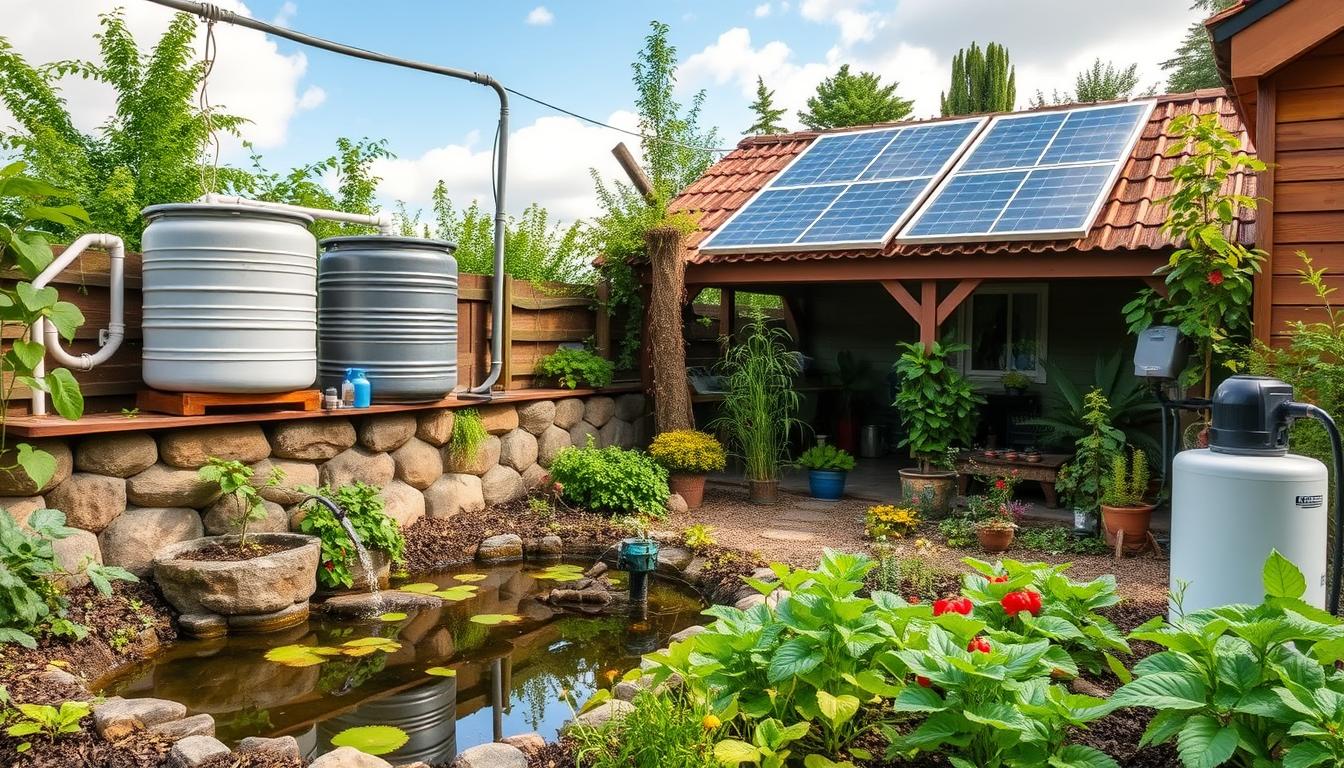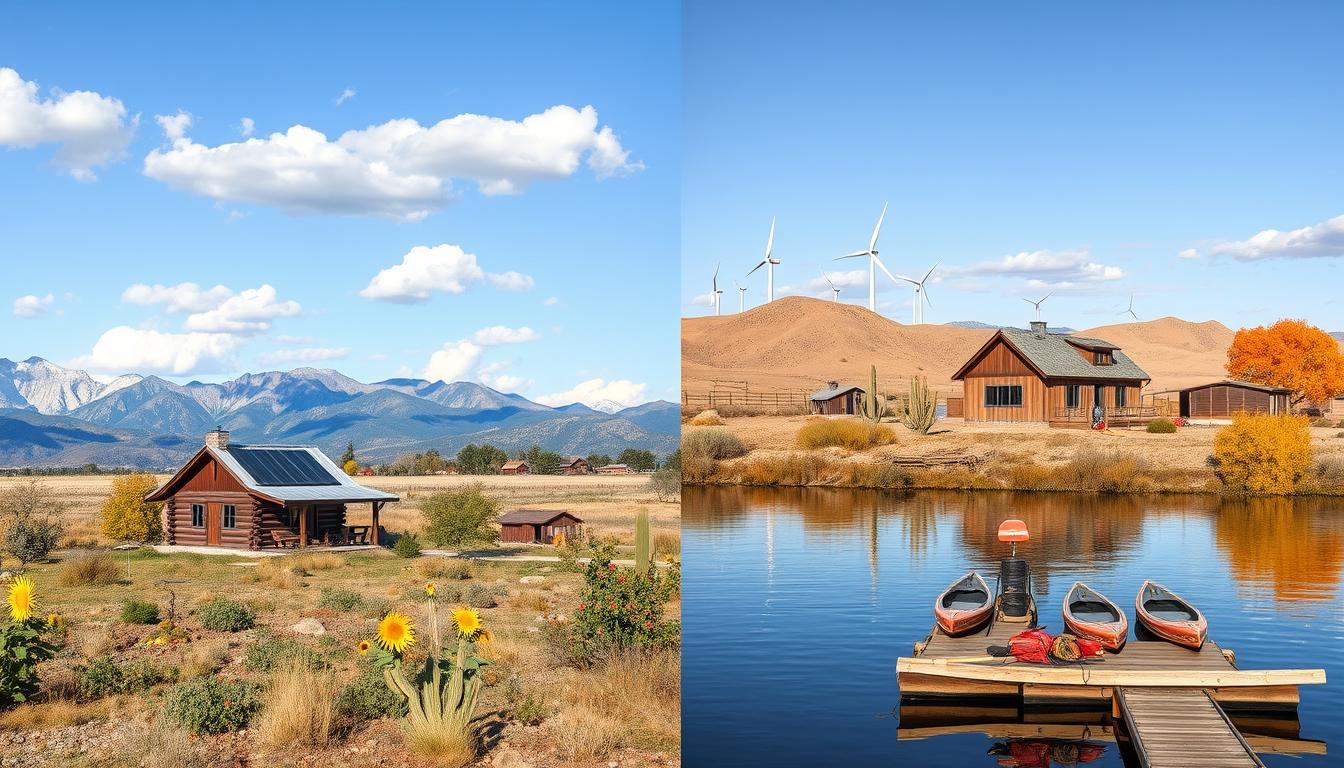Today’s world is full of surprises, making it vital to teach our kids survival skills. They need to be ready for everything from natural disasters to sudden emergencies. This guide will cover the top survival skills every child should know. These skills help them stay safe, independent, and ready for anything.
Key Takeaways
- Survival skills are crucial for kids to develop resilience and self-reliance
- Children must learn first aid, outdoor navigation, and water purification techniques
- Foraging and identifying edible plants can be a lifesaving skill
- Preparedness and practice are key to ensuring kids can handle emergency situations
- Survival skills can be taught through engaging and fun-filled activities
The Importance of Survival Skills for Kids
Teaching kids survival skills is a smart move for their future. These skills keep them safe in emergencies and build resilience and self-reliance. These qualities are key for overcoming life’s hurdles. By learning survival, kids get better at solving problems and feeling confident in tough situations.
Building Resilience and Self-Reliance
Survival skills make kids more independent and flexible. They learn by doing, gaining practical knowledge and critical thinking skills. This builds a sense of responsibility and the belief they can beat challenges. As they learn survival techniques, kids understand their own strengths better, ready to face difficulties with courage.
Preparing for Emergency Situations
In our unpredictable world, kids need skills for emergencies. Survival skills help them stay calm and safe in severe weather, power outages, or wilderness issues. Learning first aid, navigation, and building shelters prepares young preppers to protect themselves and others in crises.
“Survival skills are not just about physical preparedness; they’re about building the mental resilience and self-reliance that will serve children for a lifetime.” – Jane Doe, Parenting Expert
By teaching survival skills, we help our kids meet the unknown with confidence and resilience. This investment in their well-being is a lasting gift.
Basic First Aid for Children
Teaching kids basic first aid is a gift that could save lives. It gives them the skills to act fast in emergencies. They learn how to treat injuries and even do CPR, making them ready to help when it counts.
First aid for kids covers many situations, like:
- Stopping bleeding
- Applying bandages and dressings
- Treating burns, bites, and stings
- Recognizing and responding to allergic reactions
- Administering CPR and rescue breathing
- Identifying and addressing signs of shock
Learning these first aid skills makes kids confident and ready for emergencies. It keeps them safe and teaches them to be responsible. These skills are great for any young prepper or survivalist.
“Teaching children first aid is not just about equipping them with practical skills, but also about cultivating a mindset of resilience and self-reliance.” – Dr. Emily Saunders, Pediatric Emergency Specialist
Adding first aid to survival skills helps kids succeed in life and outdoors. It prepares them for the challenges they face every day. This knowledge keeps them and others safe.
Survival Skills for Kids
When kids go outside, knowing survival skills is key. Skills like navigating, building shelters, and starting fires help them feel confident and ready for tough situations. These skills give young explorers the edge they need to handle challenges in the wild.
Navigating the Outdoors
Teaching kids how to navigate is vital. Parents can show them how to use a compass, read maps, and spot landmarks. This way, kids can find their way even in new places. It also helps them connect more with nature.
Building Shelters and Starting Fires
Knowing how to build a shelter and start a fire is crucial in emergencies. Kids can learn to use sticks, leaves, and branches to make simple shelters. They can also learn safe ways to start fires. This helps them stay warm, signal for help, and purify water if needed.

“Survival skills are not just about preparing for the worst; they’re about empowering kids to explore the outdoors with confidence and resilience.”
Learning these survival skills helps kids appreciate nature more and solve problems better. It also builds their confidence for outdoor adventures. These skills make sure they’re ready for surprises, staying calm and resourceful.
Water Purification Techniques for Kids
For young preppers, learning how to purify water is key. Having clean drinking water is vital for survival. Kids need to know how to get and treat water safely in emergencies.
Boiling and Filtering Water
Boiling water is a simple yet effective way to purify it. By boiling water for at least one minute, kids can kill harmful germs. Filtering water is another good method. It uses devices or natural materials like sand and gravel.
Teaching kids these survival skills helps them take care of their water needs in emergencies. They can boil water over a campfire or filter it with homemade devices. These skills make kids self-reliant and strong.
“Access to clean water is a basic necessity for survival, and water purification is a crucial skill for young preppers to learn.”
By learning water purification, kids build confidence in facing tough situations. These skills are key to staying safe and healthy in emergencies.
Foraging and Identifying Edible Plants
Learning to forage and identify edible plants is key for kids in survival situations. It helps them find food when they’re lost or in an emergency. Plus, it teaches them to respect nature and take care of the environment.
Teaching Kids about Wild Edibles
Exploring edible plants with kids can be fun and educational. Start by going on nature walks together. Show them how to spot safe, tasty plants they can eat. Let them touch, smell, and look closely at these plants.
Think about making a foraging guide with pictures and info on local edible plants. This guide will help kids learn and remember what they’ve learned. Make sure they know the importance of responsible foraging. Teach them not to take too much to protect the plants for others.
“Foraging for edible plants is not only a practical survival skill, but it also connects children to the natural world in a meaningful way.”
By teaching kids to forage for wild edibles, you’re giving them important survival skills. You’re also helping them appreciate nature more. This can make them feel more independent and connected to the outdoors, even in tough situations.
Outdoor Safety and Survival Gear
Using outdoor safety equipment and survival gear properly is key for kids. Parents must teach them how to use knives, compasses, and pack for outdoor trips. This helps kids feel confident in tough environments.
Teaching kids about basic survival tools is important. They should learn how to handle knives, fire starters, and first aid kits right. Knowing how to use these tools helps kids feel independent and ready for surprises.
“Preparing kids for the outdoors is not just about teaching survival skills; it’s about instilling a sense of confidence and self-reliance that will serve them well throughout their lives.”
It’s also vital to teach kids about packing important items for the outdoors. This includes water purification tablets, emergency blankets, and signaling devices. Encouraging a prepper mindset helps kids be ready for anything.

By teaching practical skills and being prepared, kids can feel confident in the outdoor environment. Parents can help their kids respect nature and stay safe. This way, kids can enjoy the outdoors with adventure and confidence.
Survival Skills for Urban Environments
Survival skills are not just for the wilderness. They are also key in cities, especially during emergencies. Teaching kids how to survive in cities helps them stay safe and strong in many situations.
Preparing for Natural Disasters
Urban areas face big challenges from natural disasters like earthquakes, floods, or storms. It’s vital to teach kids how to be ready. This means knowing how to get out safely, find shelter, and get to food, water, and first-aid kits.
- Make sure kids know the emergency plans and where to go in an evacuation.
- Teach them to turn off gas and electricity if there’s an emergency.
- Help them put together a personal emergency kit with food, water, a flashlight, and basic medical supplies.
By giving kids these urban survival skills, you help them handle natural disasters and emergencies better. This boosts their preparedness.
“Preparing kids for urban survival scenarios empowers them to stay safe and resilient in a wide range of circumstances.”
Survival Skills through Play and Practice
Adding survival skills to fun play and hands-on activities makes learning fun for kids. It turns important preparedness techniques into exciting experiences. This way, parents can spark a real interest in survival skills in their children.
Making Learning Fun and Engaging
Outdoor scavenger hunts and building shelters are great ways to teach kids survival skills. These activities help with problem-solving, teamwork, and adventure. They make learning survival skills fun.
You could set up a backyard camping challenge where kids build a shelter with natural materials. Or, plan a nature walk to find edible prepper plants. The goal is to make learning hands-on and enjoyable.
“Survival skills are best learned through practice and experience. Making it fun and engaging helps children retain the information and develop a genuine interest in preparedness.”
By adding survival skills to play, parents help their kids be ready for emergencies. They also make them excited to learn and practice these important skills.
Conclusion
Teaching kids survival skills is key for their safety and well-being. It helps them handle emergencies and thrive in tough situations. Parents can teach them first aid, how to navigate outdoors, and purify water.
This makes kids ready for any challenge they might face. It also helps them become more self-reliant. Learning to purify water, find food, or build a shelter is very useful.
Today, the need for being prepared is clear. By teaching survival skills, parents give their kids the confidence to overcome any obstacle. This approach prepares kids with skills they’ll use throughout their lives.







